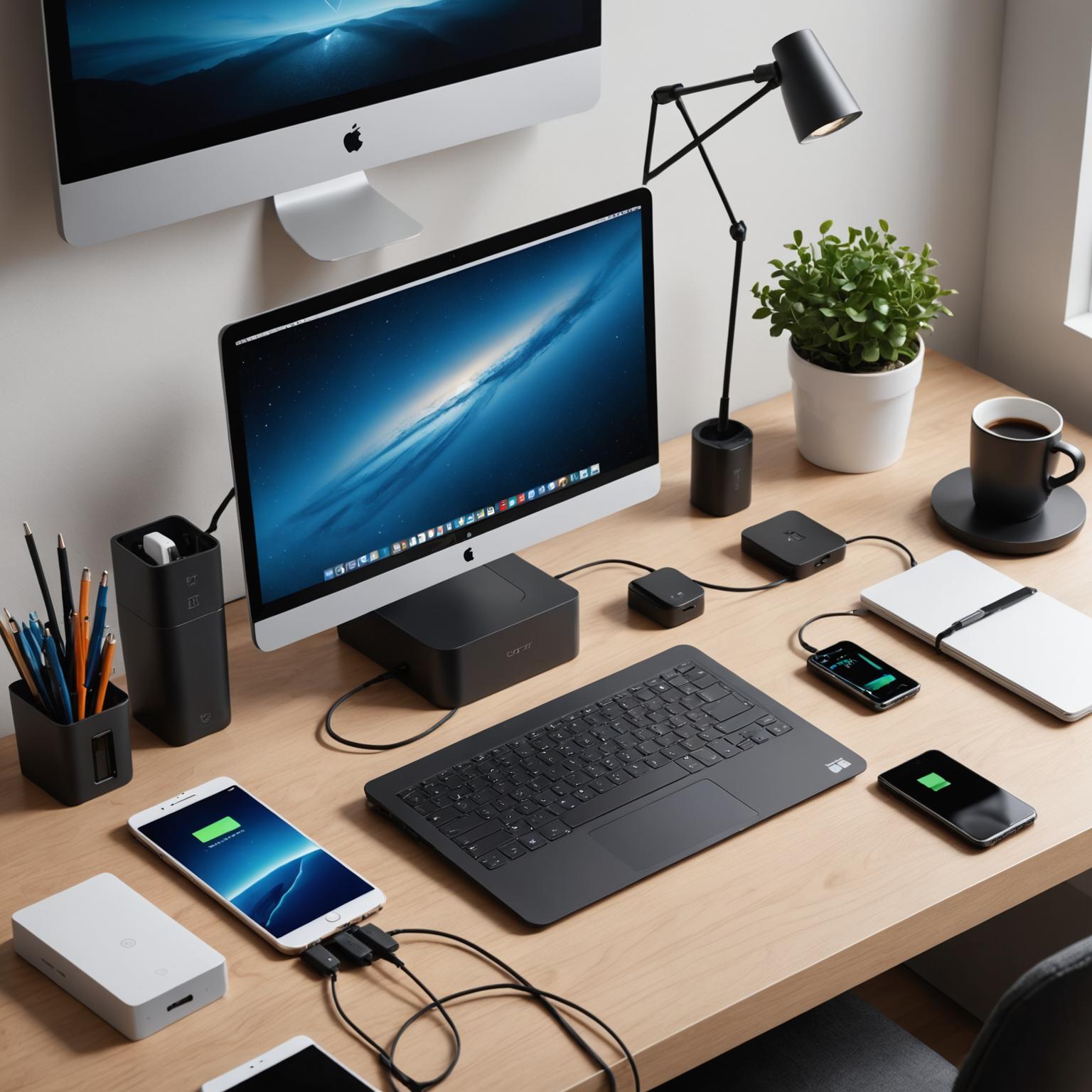This is our independent website, you can check out our products.https://pjcases.com
In today’s fast-paced digital world, staying connected is non-negotiable. The way we power and sync our devices has evolved, with the type-c data cable leading the charge towards a more universal standard. However, as technology advances, a common challenge arises: navigating the transition from older standards to new ones. This often leaves users comparing the newer, more versatile USB-C with the ubiquitous, older USB-A. Understanding the differences between these connectors and how to bridge the gap is key to creating an efficient and clutter-free tech environment.

Understanding the Superiority of the USB-C Cable
The USB-C cable represents a significant leap forward in connection technology. Its most celebrated feature is the reversible, symmetrical connector, which eliminates the frustration of trying to plug it in the right way. But its advantages go far beyond convenience. A USB-C cable supports much higher power delivery, enabling faster charging for a wider range of devices, from smartphones to laptops. Furthermore, it offers significantly faster data transfer speeds compared to its predecessors. This blend of power, speed, and user-friendly design is why modern solutions, like sophisticated desktop power hubs, are built around this superior standard. They leverage the full potential of USB-C to provide a sleek, powerful, and efficient charging experience for all your high-tech gadgets.
Why USB-A Still Matters in a USB-C World
Despite the clear benefits of USB-C, the classic rectangular USB-A port remains incredibly common. You’ll find it on countless desktops, laptops, wall chargers, power banks, and public charging stations. This widespread legacy use means that a complete transition is still years away. While USB-A is slower in both charging and data transfer and lacks the reversible design of its successor, its prevalence makes it impossible to ignore. For millions of devices, it is still the primary way to connect. This creates a mixed-tech environment where both new and old standards must coexist, posing a challenge for users who own a variety of devices from different generations.
The Essential Role of the Type-C to USB Adapter
This is where the humble yet crucial type-c to USB adapter becomes an indispensable tool. This small accessory acts as a bridge, allowing your modern devices equipped with a type-c data cable to connect to legacy ports. A type-c to USB adapter ensures that you can charge your new smartphone from an older laptop or plug into a USB-A power bank without issue. It provides backward compatibility, guaranteeing that your investment in modern tech isn’t limited by older infrastructure. Having a reliable adapter on hand offers ultimate flexibility, ensuring you can connect and power up no matter what ports are available. It’s the key to making a mixed-port world feel seamless and manageable.
Creating a Seamless Charging Ecosystem
Ultimately, the choice isn’t strictly between a USB-C cable and a USB-A cable; it’s about building a charging setup that accommodates both. The future is clearly USB-C, with its superior speed, power, and convenience. However, the present requires us to manage the transition gracefully. A truly modern and efficient power solution, like a well-designed desktop hub, acknowledges this reality by offering both port types. By equipping yourself with a high-quality type-c data cable for your newest devices and a handy type-c to USB adapter for everything else, you create a versatile and future-proof ecosystem. This ensures all your technology, old and new, works together in perfect harmony, powered efficiently and presented with style.
